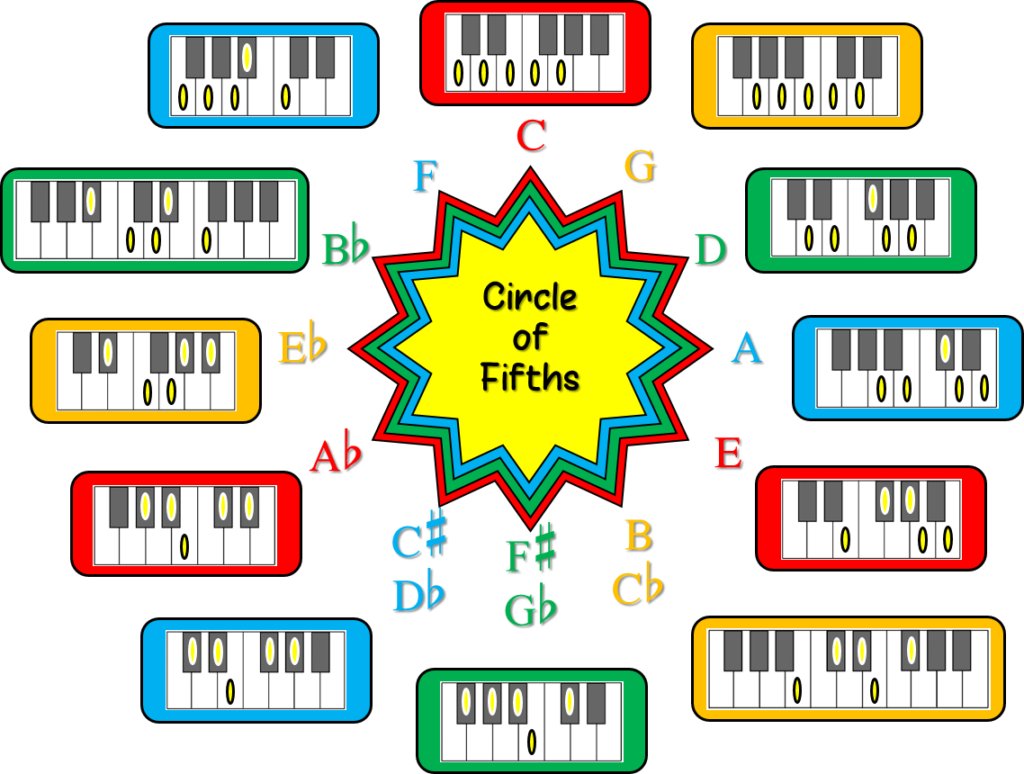
Teaching Harmonization to Young Piano Students
Why harmonization?
While we piano teachers are often focused on assigning the perfect pieces for our students to play, we inadvertently hold ear training and, sometimes, theory and technique skills to a lesser standard. Not intentionally; it’s just that we run out of time during our 30- or 45-minute lessons. After all, recitals need to be prepared and repertoire for competitions needs to be perfected. We teach our students how to read music, but do we remember to teach them how to listen to what they are playing? How often do we see our students have memory slips and then have difficulty recovering from them? Students panic and then don’t know where to pick it back up, except to go back to the beginning. We routinely talk about practice and memorization strategies, but these tips can sometimes falter under the pressure of a performance.
Now, what does being a successful musician have to do with harmonization? A lot, really. Harmonization helps us make sense of musical direction. Think of it this way: it’s the equivalent of reading a story and comprehending the content. We don’t read words without giving them meaning. Everything has a context, right? So when reading music, it’s not enough just to be able to read the notes on the page. If we don’t give the notes meaning, we won’t recognize subtleties in what we hear. How many times do our classical piano students come to us wanting to play songs from pop culture? If we teach them to read chords and lead sheets, we’ve opened up a whole new world for them!
Even our youngest learners can learn to harmonize. I’m talking about 7-year olds who show readiness. There are a few ways to approach this, of course, but I have found the most success when using lead sheets. This way, I’m not expecting my students to find the harmony themselves; I simply give them the bare bones melody with a chordal accompaniment. Then I have them transpose the melodies to all other keys. As they gain confidence, I give them a tune without chords and help them decide which chords work best. Reading music from a lead sheet gives us choices. We can take liberties with the accompaniment and force our ears to infer what’s happening underneath the melody. Once students understand chord structure, memory becomes stronger, too. They know when and how to resolve chords.
What do you think? Is this something you’re ready to try in your next lesson? If so, set your students up for success by doing these three things first:

3 tips for success
- Make sure your student knows how to play all major and minor 5-finger patterns and triads. She may know what C major position looks and feels like, but does she know how to play a 5-finger pattern in Db major or even F# major? If so, she’ll be able to transpose the song she is playing with ease.
- Teach your student to practice his 5-finger patterns and triads in order, going around the circle of fifths. I like to have my students go clockwise first, just to get the hang of the order. Then go counterclockwise, imitating the cadence movement of V – I (i.e. C major to F major to Bb major, etc.)
- Find a song with just two chord changes. Your student is now ready for that first lead sheet!
Let’s begin with an old favorite: Hot Cross Buns

Have your student play the melody with the right hand and the root of the chord with the LH:

After he has mastered a single note accompaniment, introduce the next step; playing a complete triad in the LH:

Then change up the rhythms in the LH:

If you’re ready to extend the lesson further, turn the dominant triad into a V7 chord:

The possibilities are endless, but the bottom line is this: do what works for your studio. I created a simple set of lead sheets that I tend to use with my students during the summer months, when we have a little extra time. And now that it’s a state requirement for Michigan’s Student Achievement Testing day, it’s a handy resource. Check it out here on TpT!
How do you incorporate harmonization into your piano lessons? Please feel free to share your stories in the comments.
Thanks for reading!


